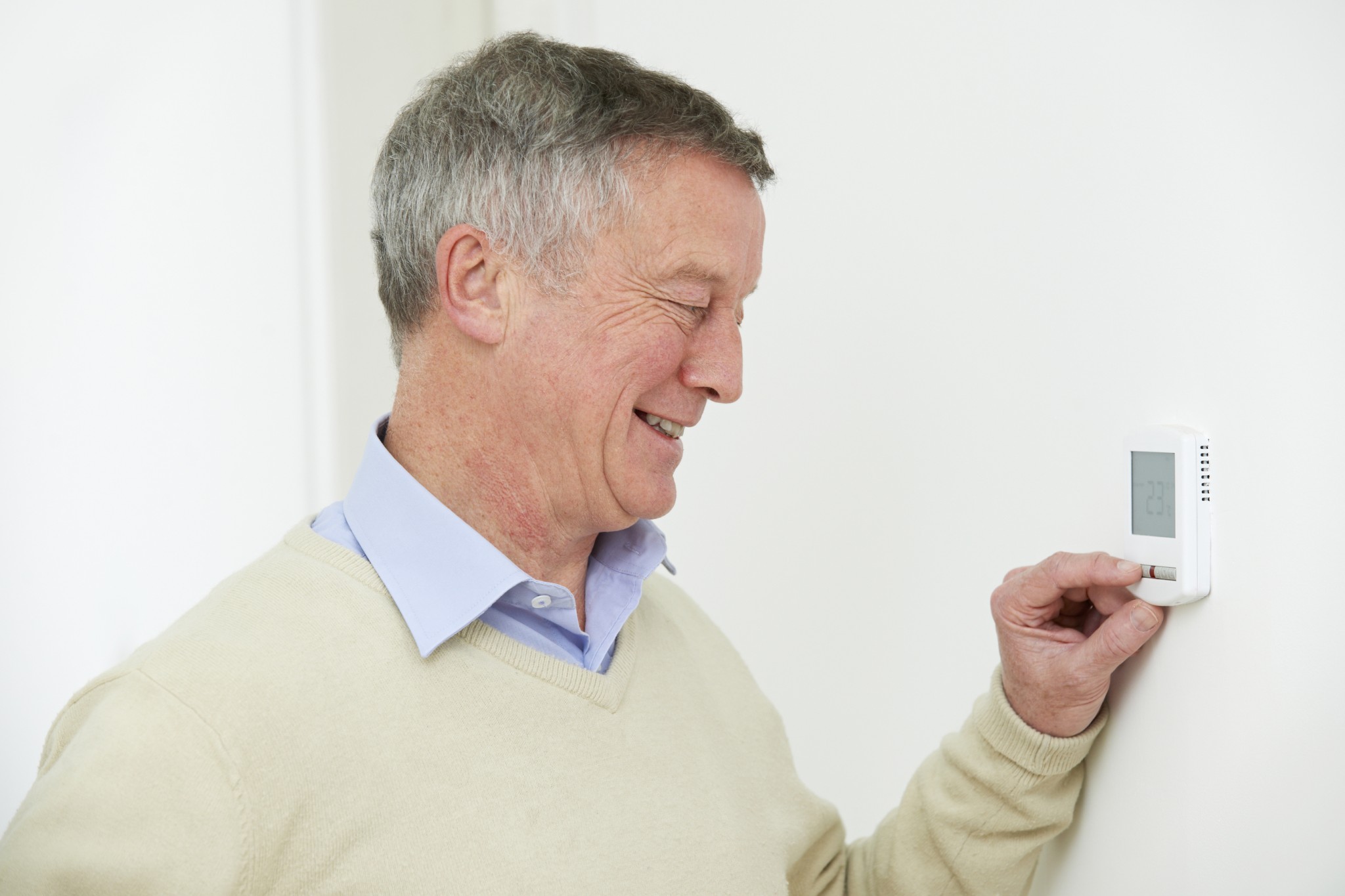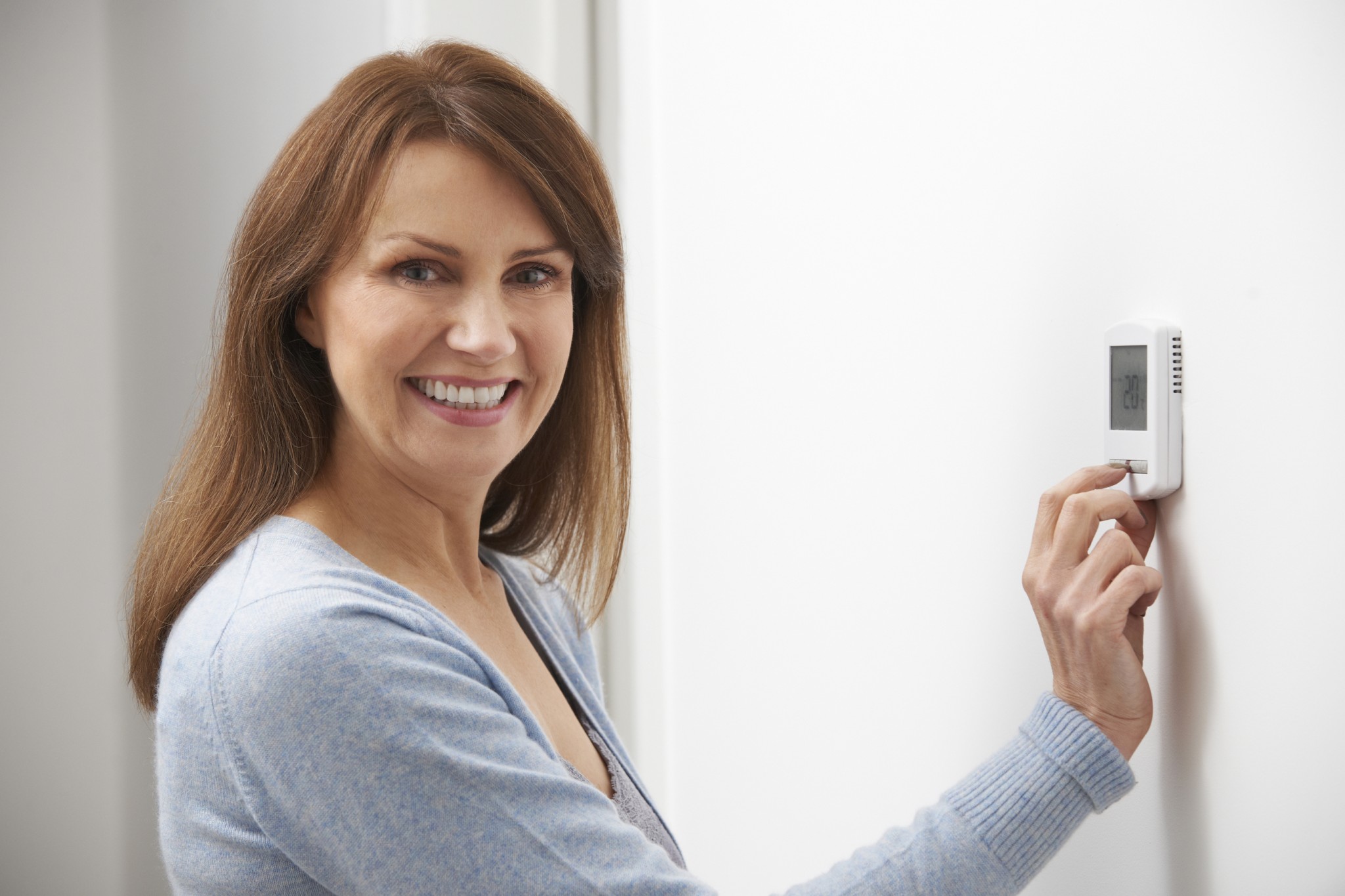604 539 2807
[email protected]604 539 2807
[email protected]
In all electric applications, the heat pump may consume less energy than an electric furnace or air handler with an added electric heater accessory. Why? Because it can deliver the same amount of BTUs as electric heaters using less electrical input. In moderate climates, the savings that natural gas yields may not be as advantageous as in colder climates, since there is less frequent use of the furnace in milder climates. Of course, the heat pump can be matched with a gas furnace where preferred. The heat pump is effective by itself down to temperatures around 25 to 30 degrees Fahrenheit. At that point, either a gas furnace or an air handler with supplemental electric heat will kick in and help heat your home.
Central Heating / Cooling
Central heating and central cooling systems are separate things, but they are matched to work together. Here's how.
Central Cooling
The most common central cooling system is a split system, which includes an outdoor cabinet containing a condenser coil and compressor, and an indoor evaporator coil, usually installed in conjunction with your furnace or air handler. The compressor pumps a chemical called refrigerant through the system.
Heat Pump - How it Works
Once warm air inside your home blows across the indoor evaporator coil, its heat energy transfers to the refrigerant inside the coil. That transfer, in turn, “cools” the air. The refrigerant is pumped back to the compressor where the cycle begins again. The heat absorbed by the refrigerant is moved outside your home while cooled air is blown inside. Moisture that contributes to humidity is also condensed out of the air.
Your cooling system is usually combined with your central heating system because they share the same ductwork for distributing conditioned air throughout your home.


